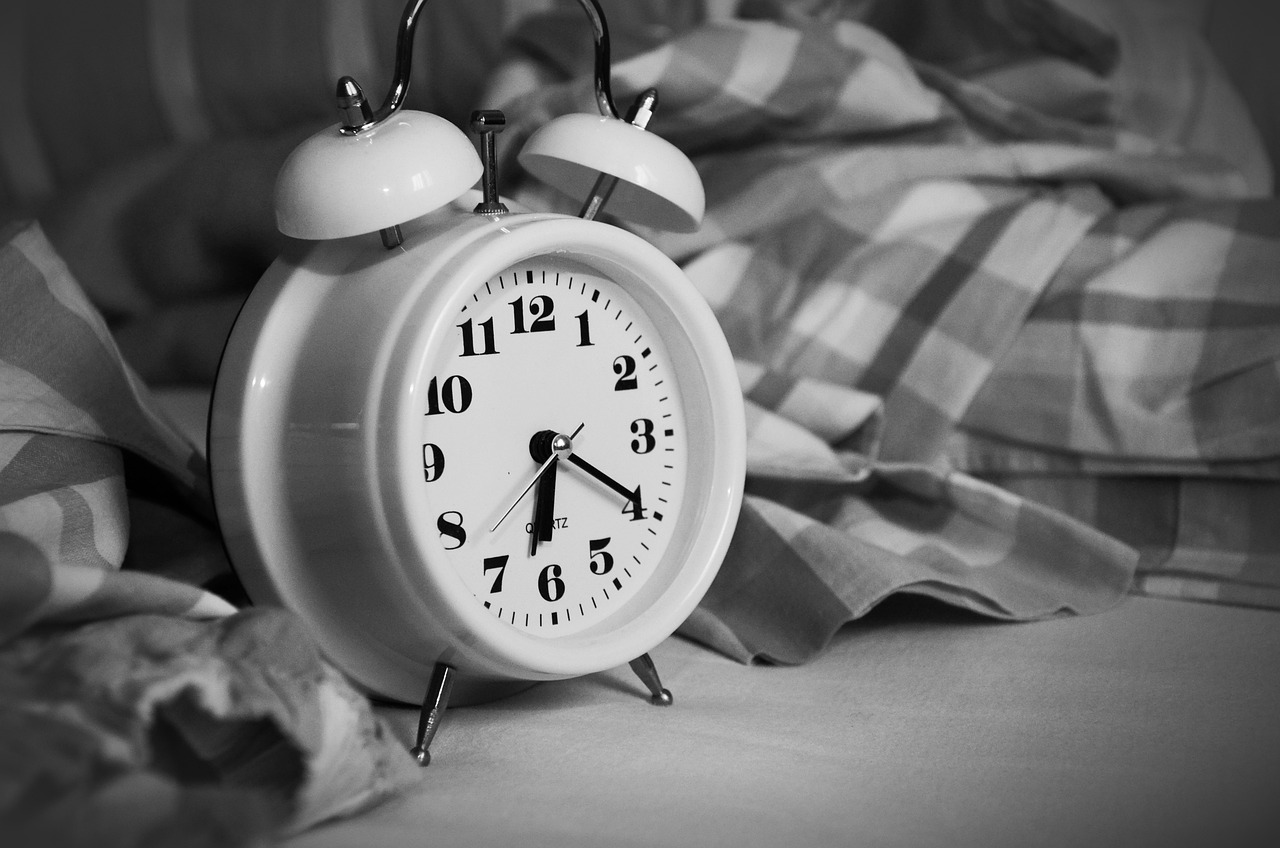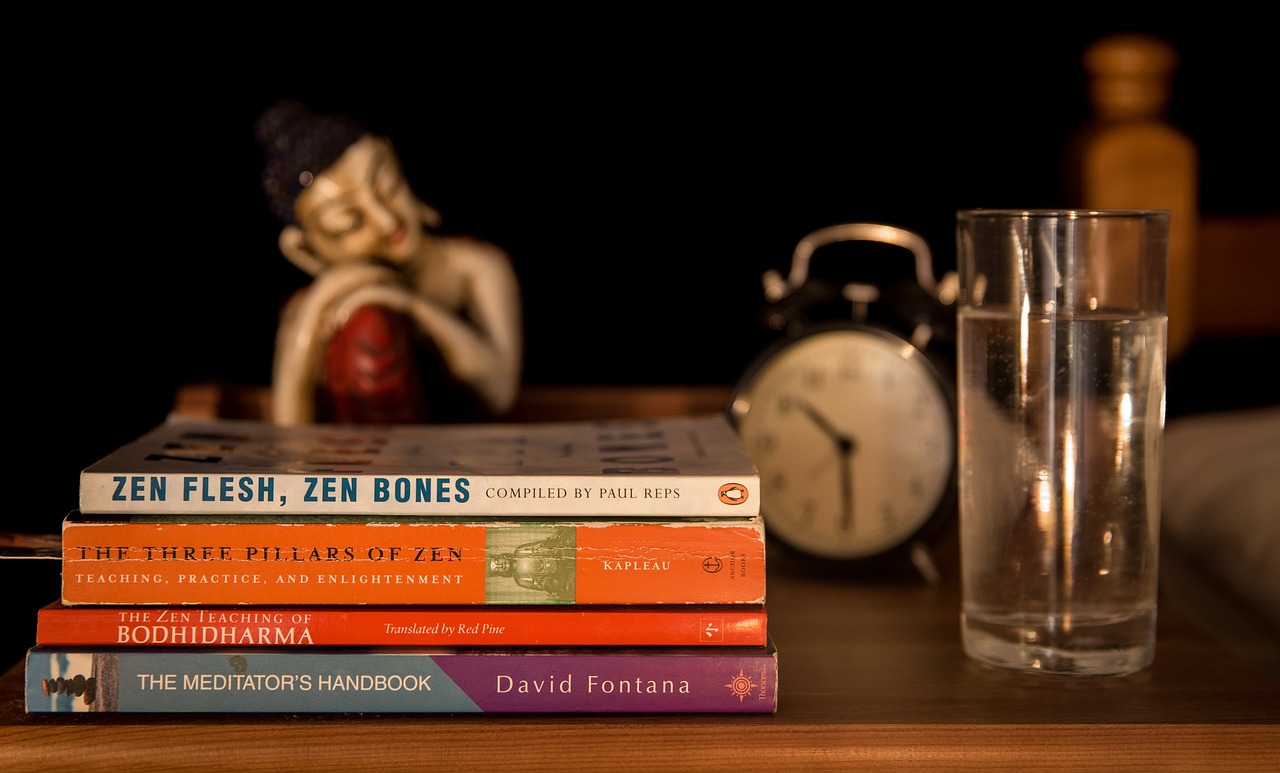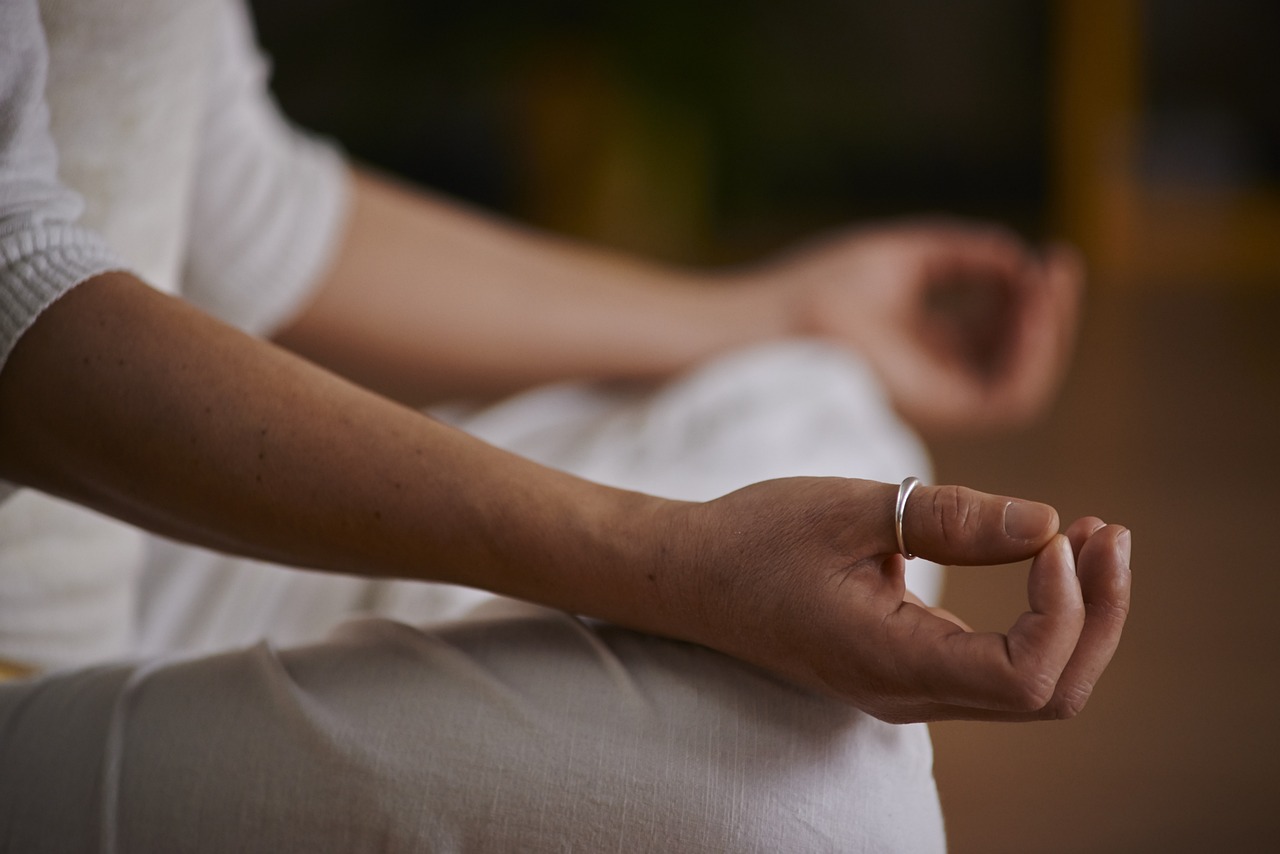Mattress Help
January 20248 Tips to Get to Sleep Fast: Your Speedy Guide to a Restful Night's Sleep
Sleep is essential for overall health and well-being, yet many of us struggle to fall asleep quickly and restfully. Whether it’s racing thoughts, stress, or environmental factors, difficulty falling asleep can impact our quality of life. However, with the right strategies and practices, you can improve your ability to fall asleep fast and enjoy a rejuvenating night’s rest. In this blog, we’ll explore effective tips and techniques to help you drift off to sleep quickly and wake up feeling refreshed.
1. Establish a Consistent Sleep Schedule
- Set a consistent bedtime and wake-up time, even on weekends.
- Align your sleep schedule with your body’s natural circadian rhythm for optimal sleep quality.
Establishing a consistent sleep schedule involves more than just setting a fixed bedtime and wake-up time. It’s about syncing your body’s internal clock with a routine that supports healthy sleep patterns.
Start by determining the optimal amount of sleep you need each night, typically between 7-9 hours for adults. Then, choose a bedtime and wake-up time that allows you to repeat the same sleep patterns each night consistently. Don’t set wholly unachievable sleep targets, i.e. being in bed each night at 6 pm and sleeping for 12 hours straight!
Aim to go to bed and wake up at the same time every day, even on weekends, to regulate your circadian rhythm.
This internal clock helps regulate various physiological processes, including sleep-wake cycles, hormone production, and metabolism. Your internal sleep clock loves repetition and routine; who doesn’t? By sticking to a consistent sleep schedule, you can optimize sleep quality, enhance daytime alertness, and promote overall well-being.

2. Create a Relaxing Bedtime Routine
- Engage in calming activities before bed, such as reading, gentle stretching, or meditation.
- Avoid stimulating activities, screens, and bright lights that can disrupt your sleep-wake cycle.
Creating a relaxing bedtime routine is essential for signalling to your body that it’s time to wind down and prepare for sleep. Start by identifying activities that help you unwind and destress. This might include reading a book, taking a warm bath, practising gentle yoga or stretching, or listening to calming music or nature sounds.

Engage in these activities at least 30-60 minutes before bedtime to allow your body and mind to transition from the busyness of the day to a state of relaxation. Consider incorporating relaxation techniques such as deep breathing exercises or progressive muscle relaxation to further promote a sense of calm.
Dim the lights in your home to signal to your brain that it’s time to produce melatonin, the hormone that regulates sleep-wake cycles. Avoid stimulating activities like watching intense TV shows or engaging in heated discussions, as these can elevate stress levels and hinder your ability to unwind.
By establishing a consistent and soothing bedtime routine, you can create the ideal conditions for falling asleep quickly and enjoying a restful night’s sleep.
3. Optimize Your Sleep Environment
- Keep your bedroom cool, quiet, and comfortable.
- Invest in a supportive mattress and pillows that promote proper alignment and comfort.
- Use blackout curtains or an eye mask to block out excess light.
Optimizing your sleep environment is crucial for creating the ideal conditions for a deep, restorative sleep every night. Start by ensuring that your bedroom is a calm and comfortable sanctuary dedicated to sleep.
Choose bedding and pillows that allow your body to breathe. Natural fibres such as cotton, wool and linen will help keep you warm and cosy at night but also allow your body to breathe! So you don’t end up sweating or waking up in discomfort.
The big one for sleep optimization is your mattress. Choose a mattress that provides adequate support based on your body weight and promotes proper spine and body alignment based on your sleeping position. Consider investing in high-quality, natural fibre and breathable fabric mattresses that help regulate body temperature and wick away moisture to prevent overheating and discomfort at night.
When it comes to mattress comfort, ensure that you pick fibres like the ones listed below, which will help you achieve a soft, medium or firmer feel to the mattress. A big misconception is that the spring tension provides the mattress firmness, but all bed experts know that it’s the upholstery layers on top that provide the mattress tension.
| Upholstery Layer | Fibre Type | How it will feel? |
|---|---|---|
| Polyester | Synthetic | Soft |
| White Fibre | Synthetic | Soft/Medium |
| Recycled Fibre / Eco Fibre | Synthetic | Medium |
| Memory Foam | Synthetic | Medium/Firm |
| Igel / Hybrid Foam | Synthetic | Medium/Firm |
| Polycotton | Synthetic/Natural Blend | Soft/Medium |
| Linen | Synthetic/Natural Blend | Medium |
| Wool (Pure) | Natural | Soft/Medium |
| Cotton (Pure) | Natural | Soft |
| Silk | Natural | Soft |
| Horsehair | Natural | Medium |
| Mohair | Natural | Medium/Firm |
| Hemp | Natural | Medium |
| Latex (100% Natural) | Natural | Medium/Firm |
| Coir | Natural | Firm |
| Flax | Natural | Firm |
| Coarse Cashmere | Natural | Firm |
| Bamboo | Natural | Super Soft |
| Horsetail | Natural | Firm |
| Alpaca | Natural | Soft |
| Cashmere (Pure) | Natural | Soft |
| Vicuna | Natural | Super Soft |
Also, pay attention to your bedroom’s ambient temperature and humidity levels. Aim for a cool, comfortable temperature between 60-67°F (15-20°C) to promote optimal sleep. You can use fans, air conditioning, or bedding materials designed for temperature regulation to achieve the ideal sleeping environment.
Reduce noise and light pollution in your bedroom by using blackout curtains or blinds to block out external light sources and investing in a white noise machine or earplugs to mask disruptive sounds. Create a clutter-free space that promotes relaxation and tranquillity.
Remove electronic devices such as the dreaded killer of sleep, smartphones and iPhones, work-related materials, and other distractions that can interfere with sleep.

Finally, consider incorporating soothing elements such as calming colours, soft lighting, and natural elements like plants or essential oil diffusers with relaxing scents such as lavender or chamomile. By optimizing your sleep environment to be conducive to relaxation and restorative sleep, you can enhance your ability to fall asleep quickly and enjoy a deeper, more rejuvenating sleep experience.
4. Limit Stimulants & Heavy Meals Before Bed
- Avoid caffeine and nicotine in the afternoon and evening, as they can interfere with sleep.
- Opt for light, easily digestible snacks before bed, and avoid heavy or spicy meals that may cause discomfort.
Limiting stimulants and heavy meals before bed is essential for achieving a solid night’s sleep and preventing bedtime niggles that interfere with falling asleep quickly. Stimulants like caffeine (Coffee) and nicotine (Cigarettes and Vapes included) can disrupt your body’s ability to wind down and relax, making it harder to fall asleep.

Aim to avoid consuming caffeinated beverages such as coffee, tea, and fizzy drinks in the late afternoon and evening to allow your body enough time to metabolize the caffeine before bedtime. Be mindful of hidden sources of caffeine, including hot chocolate and certain medications.
Similarly, nicotine, found in tobacco products, is a stimulant that can increase heart rate and alertness, making it more difficult to fall asleep. If you smoke, try to avoid smoking before bedtime to minimize its stimulating effects on your body. The same goes for nicotine replacements before bed, like patches and Vapes.

Additionally, heavy or spicy meals close to bedtime can lead to digestive discomfort, heartburn, and acid reflux, disrupting sleep and making it challenging to fall asleep quickly. Aim to eat lighter, well-balanced meals earlier in the evening and avoid consuming large amounts of food or rich, fatty foods before bedtime. Opt for lighter snacks if you’re hungry before bed, such as a small serving of yoghurt, fruit, or a handful of nuts.
5. Practice Relaxation Techniques
- Deep breathing exercises, progressive muscle relaxation, or guided imagery can help calm the mind and body.
- Consider incorporating aromatherapy with lavender or chamomile essential oils to promote relaxation.
Practising relaxation techniques before bedtime is a powerful way to calm the mind and body, helping you ease into sleep more effortlessly. There are several effective relaxation techniques you can incorporate into your bedtime routine:
- Deep Breathing Exercises: Deep breathing can activate the body’s relaxation response, promoting feelings of calmness and reducing stress. Try diaphragmatic breathing, also known as belly breathing, where you inhale deeply through your nose, allowing your abdomen to expand, and exhale slowly through your mouth, releasing tension with each breath.
- Progressive Muscle Relaxation (PMR): PMR involves systematically tensing and relaxing different muscle groups in the body to release tension and promote relaxation. Start by tensing specific muscle groups, such as your fists or shoulders, for a few seconds, then release the tension as you exhale. Move through each muscle group, progressively working from your toes to your head.
- Mindfulness Meditation: Mindfulness meditation involves focusing on the present moment without judgment. Practice mindfulness by paying attention to your breath, bodily sensations, or the sounds around you. If distracting thoughts arise, gently acknowledge them and return your focus to the present moment.
- Guided Imagery: Guided imagery involves visualizing peaceful and calming scenes or scenarios to promote relaxation and reduce stress. You can use guided imagery recordings or create mental images of tranquil settings, such as a serene beach or a peaceful forest.
- Yoga and Stretching: Gentle yoga poses and stretching exercises can help release physical tension in the body and prepare you for sleep. Focus on gentle stretches that target areas prone to tension, such as the neck, shoulders, and lower back. Flow through a series of relaxing yoga poses or gentle stretches, allowing your body to unwind and relax.

6. Manage Stress and Anxiety
- Practice stress-reduction techniques such as mindfulness meditation or journaling to ease anxious thoughts.
- Create a worry journal to jot down concerns before bed, allowing your mind to release them and relax.
Journaling before bed is a valuable practice that allows you to reflect on your thoughts, feelings, and worries. Taking a few minutes to journal your emotions can help you process challenging situations, gain perspective on stressors, and release pent-up tension before bedtime.
It allows you to release worries without forgetting them, which is part of freeing up your mind. Listing them down on paper often removes their power or anxiety around them, which is why journaling or list-making is so popular.

Progressive relaxation relieves mental stress by systematically relaxing different body parts. This technique involves deep breathing and letting go of tension as you focus on each area of your body. Incorporating progressive relaxation (such as a body scan meditation) into your bedtime routine can promote a sense of calm and relaxation that prepares you for restful sleep.
Visualization techniques can also be beneficial for promoting relaxation before bedtime. By creating mental images of calming and peaceful scenes, such as a tranquil forest or a peaceful meadow, you can immerse yourself in these imagined environments’ sights, sounds, and sensations. Visualization can help quiet the mind and create a sense of serenity, making it easier to transition into a restful night’s sleep.
7. Limit Screen Time & Blue Light Exposure
- Power down electronic devices at least an hour before bedtime to reduce exposure to blue light, which can disrupt melatonin production.
- Consider using blue light-blocking glasses or screen filters to minimize exposure if you must use screens before bed.
Limiting screen time and reducing exposure to blue light before bedtime is crucial for improving sleep quality. Blue light emitted by electronic devices disrupts the body’s natural sleep-wake cycle by suppressing melatonin production. This, in turn, has a knock-on effect on your circadian rhythms, which can mess up your body clock, causing insomnia or patchy sleep patterns.
 To mitigate this, establish a digital curfew, powering down devices at least an hour before bed. Activate night mode or blue light filters on devices and opt for dim lighting in the evening. Use softer, warmer lighting sources in the hours leading up to bedtime to signal to your body that it’s time to wind down and prepare for sleep.
To mitigate this, establish a digital curfew, powering down devices at least an hour before bed. Activate night mode or blue light filters on devices and opt for dim lighting in the evening. Use softer, warmer lighting sources in the hours leading up to bedtime to signal to your body that it’s time to wind down and prepare for sleep.
Instead of screen-based activities, engage in relaxing pursuits like reading physical books or practising relaxation techniques such as meditation or deep breathing.
8. Try Natural Sleep Aids
- Herbal teas such as chamomile, valerian root, or passionflower may promote relaxation and improve sleep quality.
- Explore supplements like melatonin or magnesium, but consult with a healthcare professional before use.
Natural sleep aids can offer gentle support for better sleep quality without the side effects of pharmaceutical options. The internet is awash with different caffeine-free herbal teas, massage oil, and aromatherapy treatments to help relax the mind and promote sleep. So why not try a few and see what works for you?

Consider incorporating the following natural sleep aids into your bedtime routine:
- Herbal Teas: Certain herbal teas, such as chamomile, valerian root, passionflower, and lavender, have been traditionally used to promote relaxation and improve sleep quality. These teas contain compounds that have calming effects on the nervous system, helping to ease stress and anxiety before bedtime.
- Aromatherapy: Essential oils like lavender, chamomile, bergamot, and sandalwood can be diffused into the air or applied topically to promote relaxation and induce feelings of tranquillity. These scents can help create a soothing bedtime environment conducive to sleep.
- Magnesium: Magnesium is an essential mineral that is key in regulating neurotransmitters and muscle relaxation. Incorporating magnesium-rich foods like leafy greens, nuts, seeds, and whole grains into your diet or taking a magnesium supplement may help promote relaxation and improve sleep quality.
Summary
By incorporating these tips into your nightly routine and prioritising sleep, you can improve your ability to fall asleep quickly and enjoy the restorative benefits of a full night’s rest. Experiment with different strategies to find what works best for you, and remember that consistency is key. With a mindful approach to sleep hygiene and relaxation, you can transform your bedtime routine and achieve the deep, restful sleep your body and mind crave.
If you still struggle to sleep, contact our small expert mattress team to assist. We can help compare any mattress models you may be looking at and provide additional reassurance and guidance.
You can call us at 0161 437 4419 or drop us a line using the mattress contact form below.
Sleep well!

Dreaming of the perfect nights sleep?

Ask us a question
There are over 6000 questions and answers submitted by you on all questions about mattresses and bed problems. Enter a keyword such as Vi Spring, John Lewis beds, bad back or Memory Foam and see if your question has already been answered.
If you can’t find an answer in knowledge hub, ask a new question. We aim to respond to all questions within one working day.
Newsletter
Enter your email to join our newsletter. We’ll send you occasional news and mattress expertise.



